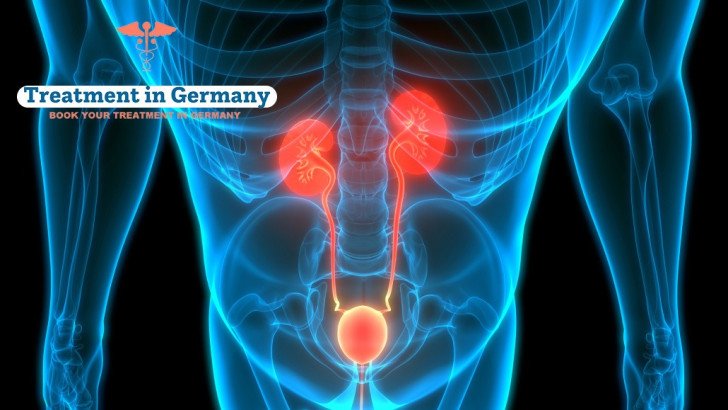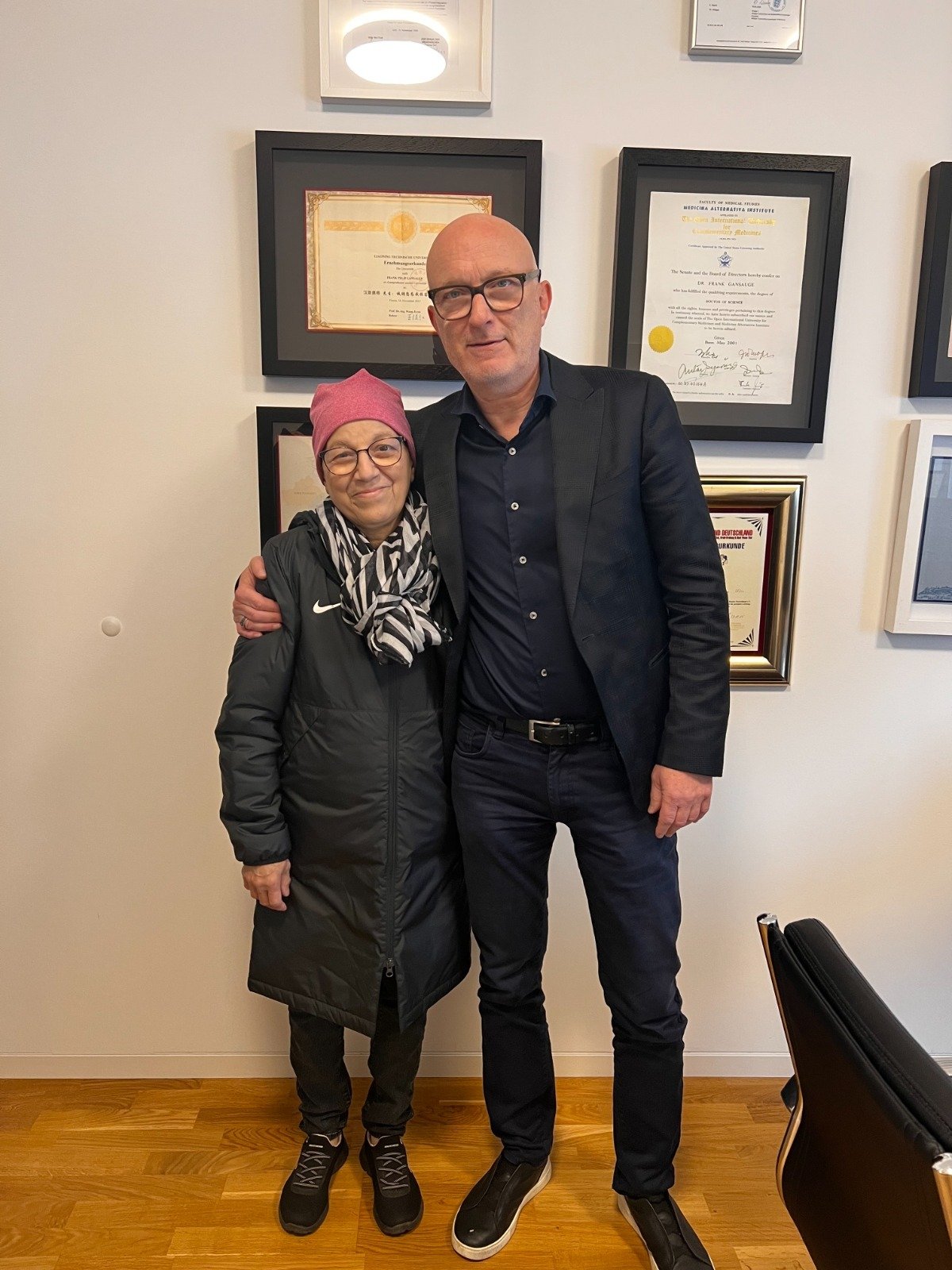
Breakthrough interventional radiology cancer treatment is transforming lives with remarkable patient outcomes and minimal recovery time.
Interventional radiology has emerged as a transformative force in cancer treatment, offering minimally invasive cancer therapies that provide targeted, effective solutions with reduced recovery times. Germany, a global leader in advanced cancer care, is at the forefront of integrating cutting-edge radiological innovations into clinical practice, attracting cancer patients worldwide.
Interventional radiology involves image-guided, minimally invasive procedures to diagnose and treat various cancers, minimizing damage to surrounding healthy tissues. Unlike traditional surgery, these techniques use catheters, needles, and imaging technologies like ultrasound, CT, or MRI to target tumors precisely. Minimally invasive cancer therapies are particularly effective for cancers of the liver, lung, kidney, and bone, offering alternatives or complements to surgery and systemic treatments. German oncology centers and radiology departments are at the forefront, leveraging radiological innovations to improve treatment outcomes for cancer patients.
Minimally invasive cancer therapies target symptoms associated with tumors or their complications. Common symptoms prompting intervention include:
German specialists use interventional radiology to alleviate these symptoms, improving quality of life while addressing the underlying cancer.
Advanced Diagnostic Techniques Supporting Interventional Radiology
Precise diagnosis is critical for effective minimally invasive cancer therapies. Germany’s radiology departments employ state-of-the-art diagnostic techniques to guide procedures:
German radiologists and oncologists ensure accurate diagnostic techniques, enabling tailored cancer treatment strategies for cancer patients.
Germany’s Breakthrough Innovations in Interventional Radiology
Germany’s advanced cancer care ecosystem is redefining minimally invasive cancer therapies through pioneering radiological innovations. Oncology centers integrate these techniques into multidisciplinary care, offering hope for patients with complex or inoperable cancers.
Tumor Ablation: Precision Destruction of Cancer
Tumor ablation uses heat, cold, or energy to destroy cancer cells, ideal for small tumors in the liver, lung, or kidney. German interventional radiologists employ advanced methods, including:
These tumor ablation techniques minimize recovery time, improving anti-tumor efficacy for cancer patients.
Embolization Therapies: Starving Tumors
Embolization blocks blood flow to tumors, causing them to shrink. Germany offers cutting-edge embolization therapies:
These embolization therapies, guided by angiography, enhance treatment outcomes for metastatic cancer patients.
Image-Guided Drug Delivery: Targeted Precision
Image-guided drug delivery systems allow precise administration of therapies to tumors. German radiologists use:
These innovations in interventional radiology improve anti-tumor efficacy with fewer side effects.
Immunotherapy Integration: Amplifying Immune Response
In 2025, Germany is integrating immunotherapy with interventional radiology:
These synergistic approaches, tested in clinical trials, offer new hope for cancer patients.
Leading Clinical Trials in Interventional Radiology
Germany’s prominence in clinical trials for cancer provides access to novel radiological innovations, often unavailable elsewhere. Trials in 2025 explore:
German oncology centers lead global research, advancing minimally invasive cancer therapies.
Why Germany Leads in Interventional Radiology
Germany offers unparalleled advantages for cancer patients seeking advanced cancer care:
Risk Factors and Prevention Strategies for Cancer
Preventing cancer supports minimally invasive cancer therapies. Key risk factors for cancers treatable by interventional radiology include:
German specialists advocate regular screenings (CT scans, ultrasound), healthy lifestyles, and risk management to reduce disease risk.
Comprehensive Multidisciplinary Cancer Care
Germany’s multidisciplinary cancer care integrates interventional radiology with other therapies:
This collaborative approach, led by German radiologists and oncologists, optimizes cancer treatment outcomes.
Post-Treatment Support and Elevating Quality of Life
After minimally invasive cancer therapies, German oncology centers provide robust follow-up:
Germany’s patient-centric approach ensures cancer patients achieve sustained recovery.
Challenges and Future Horizons
Interventional radiology faces challenges, including tumor resistance and procedure complexity. German researchers address these through:
Future advancements, including AI-driven interventions and universal immunotherapy platforms, promise to expand radiological innovations.
Conclusion
Germany’s innovations in interventional radiology are revolutionizing minimally invasive cancer therapies, offering cancer patients hope through advanced cancer care. By integrating tumor ablation, embolization, immunotherapy, and clinical trials, German oncology centers deliver precise, transformative cancer treatment strategies. Supported by world-class specialists and cutting-edge technology, Germany ensures exceptional treatment outcomes and quality of life. As a global leader in radiological innovations, Germany provides a lifeline for cancer patients, blending scientific breakthroughs with compassionate care.
Frequently Asked Questions
What are the latest innovations in interventional radiology for cancer in Germany?
They include tumor ablation, embolization therapies, and image-guided drug delivery, offered at German oncology centers.
What symptoms are addressed by minimally invasive cancer therapies?
Symptoms like pain, jaundice, breathing difficulties, and fatigue are managed with interventional radiology.
How is cancer diagnosed for interventional radiology in Germany?
Through CT scans, MRI, biopsies, and molecular imaging at German hospitals.
Are clinical trials for interventional radiology available in Germany?
Yes, German oncology centers explore AI-guided interventions and theranostics.
Is follow-up care provided after minimally invasive cancer therapies in Germany?
Yes, including MRI, rehabilitation, and emotional wellness support.
How does Germany compare to the UK/US for interventional radiology?
Germany leads in radiological innovations, faster access, and holistic care.
Can interventional radiology prevent cancer recurrence?
Minimally invasive therapies reduce recurrence risk by targeting tumors precisely.
Does Germany support international cancer patients?
Hospitals in Germany offer language assistance, travel coordination, and emotional wellness programs.
What are the latest advancements in interventional radiology in Germany?
Germany pioneers AI-driven interventions, nanomedicine, and immunotherapy integration.
How does interventional radiology differ from traditional surgery?
Unlike surgery, interventional radiology offers minimally invasive cancer therapies with less recovery time, enhancing quality of life.
For more information or a free consultation, visit our contact us page.
Kindly complete the form below, and our dedicated team will reach out to you promptly. We look forward to connecting with you soon!
Trierer Straße, 56072 Koblenz, Germany
.webp)
.webp)
 (1).webp)
 (1).webp)

.webp)
.webp)
 (1).webp)
 (1).webp)
